PLACES TO SEE could be vIsIted

Topkapı Palace
The Topkapı Palace or the Seragliois a large palace in Istanbul, Turkey, that was one of the major residences of the Ottoman sultans for almost 400 years (1465–1856) of their 624-year reign. As well as a royal residence, the palace was a setting for state occasions and royal entertainments. It is now a museum and as such a major tourist attraction. It also contains important holy relics of the Muslim world, including Muhammed's cloak and sword.
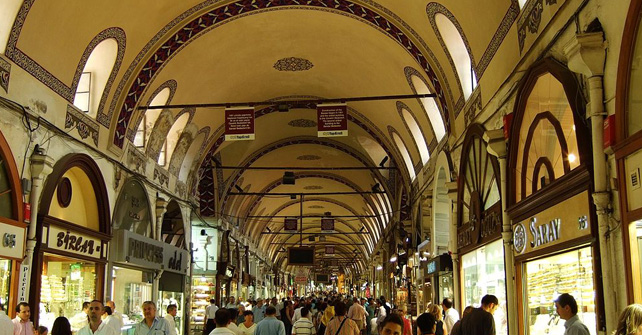
Grand Bazaar
The Grand Bazaar in Istanbul is one of the largest and oldest covered markets in the world, with 61 covered streets and over 3,000 shops which attract between 250,000 and 400,000 visitors daily. In 2014, it is listed No.1 among world's most-visited tourist attractions with 91,250,000 annual visitors. The Grand Bazaar is located inside the walled city of Istanbul, in the neighbourhood bearing the same name.
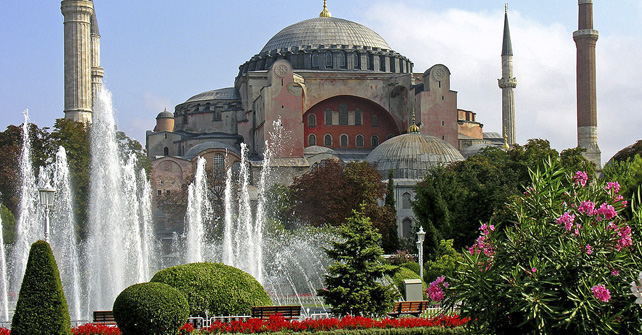
Hagia Sophia
Hagia Sophia (from the Greek: Ἁγία Σοφία, "Holy Wisdom"; Latin: Sancta Sophia or Sancta Sapientia; Turkish: Ayasofya) is a former Christian patriarchal basilica (church), later an imperial mosque, and now a museum (Ayasofya Müzesi) in Istanbul, Turkey. From the date of its construction in 537 until 1453, it served as an Orthodox cathedral and seat of the Patriarch of Constantinople, except between 1204 and 1261, when it was converted to a Roman Catholic cathedral under the Latin Empire. The building was a mosque from 29 May 1453 until 1931. It was then secularized and opened as a museum on 1 February 1935.
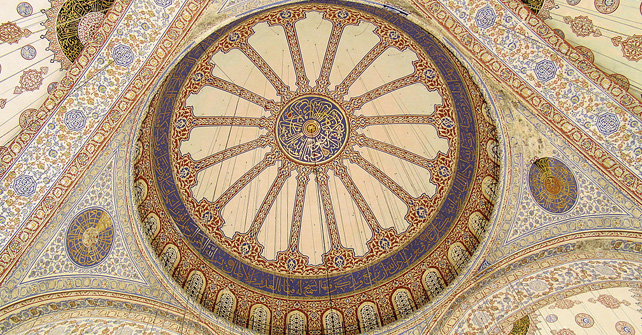
Sultan Ahmed Mosque
The Sultan Ahmed Mosque or Sultan Ahmet Mosque (Turkish: Sultan Ahmet Camii) is a historic mosque in Istanbul. The mosque is popularly known as the Blue Mosque for the blue tiles adorning the walls of its interior. It was built from 1609 to 1616, during the rule of Ahmed I. Its Külliye contains a tomb of the founder, a madrasah and a hospice. The Sultan Ahmed Mosque is still popularly used as a mosque. After the Peace of Zsitvatorok and the crushing loss in the 1603-1618 war with Persia, Sultan Ahmet I, decided to build a big mosque in Istanbul to reassert Ottoman power. While his predecessors had paid for their mosques with their spoil of war, Ahmet the First had to remove the funds of the Treasury, because he had not gained remarkable victories.
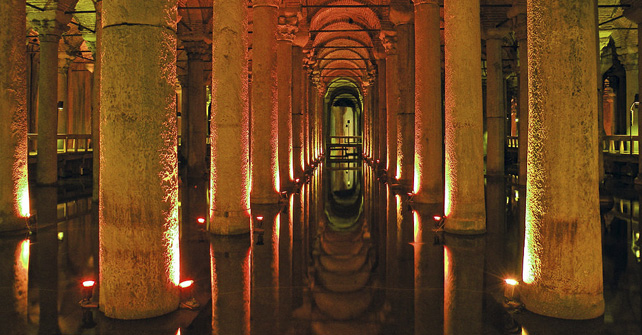
Basilica Cistern
The Basilica Cistern (Turkish: Yerebatan Sarayı – "Sunken Palace", or Yerebatan Sarnıcı – "Sunken Cistern"), is the largest of several hundred ancient cisterns that lie beneath the city of Istanbul (formerly Constantinople), Turkey. The cistern, located 500 feet (150 m) southwest of the Hagia Sophia on the historical peninsula of Sarayburnu, was built in the 6th century during the reign of Byzantine Emperor Justinian I. The name of this subterranean structure derives from a large public square on the First Hill of Constantinople, the Stoa Basilica, beneath which it was originally constructed.
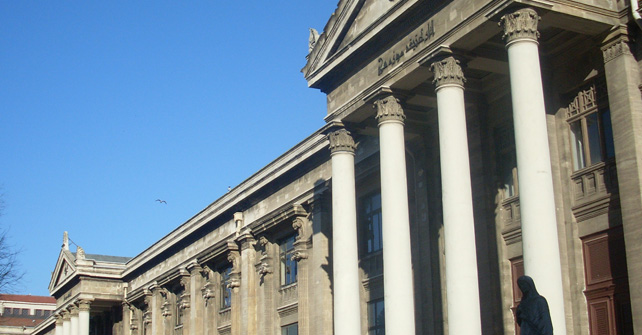
Istanbul Archaeology Museums
The site of the museums belonged to the Topkapı Palace outer gardens. The museum was founded by decree as the Imperial Museum (Ottoman Turkish: Müze-i Hümayun or Turkish: İmparatorluk Müzesi) in 1891. The first curator and founder of the museum was Osman Hamdi Bey. Since an imperial decree protecting cultural goods in the Ottoman Empire was enforced, many governors from the provinces would send in found artefacts to the capital city.
